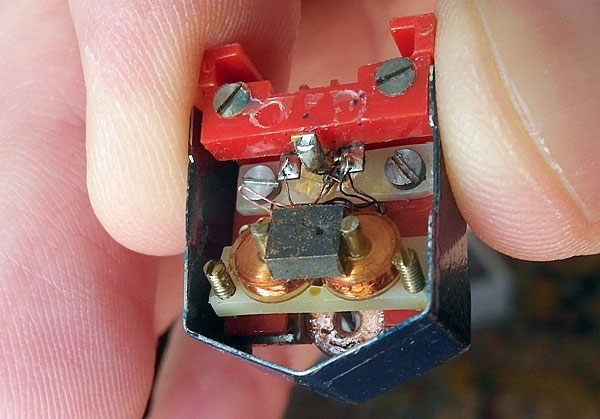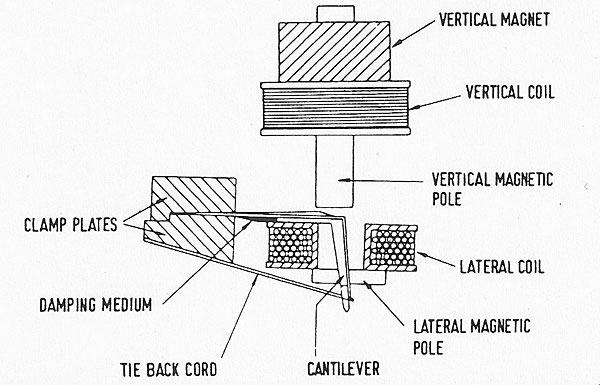| Columns Retired Columns & Blogs |
Cool. Thanks for the review. This may be my next cartridge. I have a weird fascination with how music sounded at the time it was produced, with the technology present at the time. I have a Rega P3-24 with the R301 tonearm, which works really well with a Denon Dl-103. While listening to Buddy Holly Reminiscing (Decca, Maroon label) I hear plate glass breaking in one portion of the song....maybe intentional since it was Slipping and Sliding and he was "peeping" and hiding. :) You ever hear that?
My point is, I never heard that before the Denon 103, the standard(?) of broadcast table cartridges in the 60's. Would love to give the Decca a try after your nice review.








































